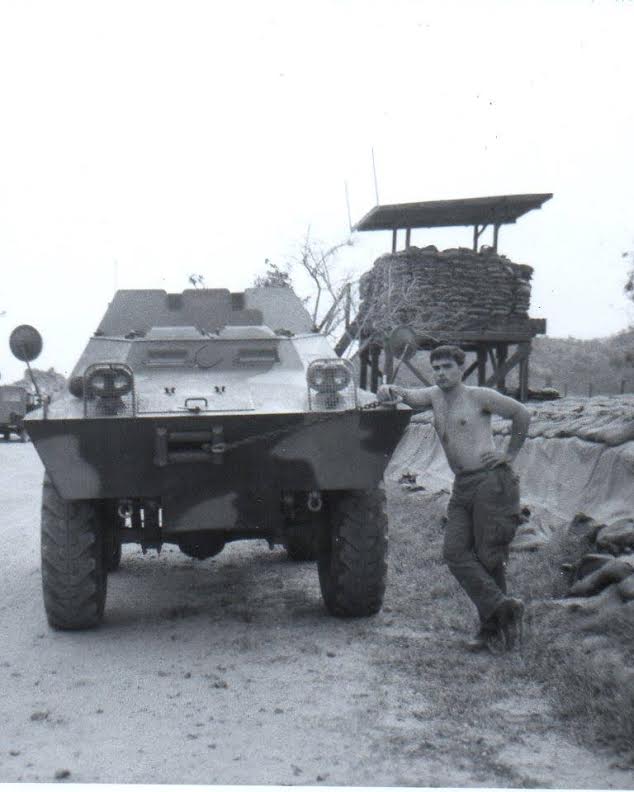


See also: Organization of United States Air Force Units in the Gulf War and Organization of United States Naval Aviation Units in the Gulf War The Coalition air fleet also made use of the E-3A Airborne Warning and Control Systems and of a fleet of B-52 Stratofortress bombers. Army AH-64 Apache and AH-1 Cobra attack helicopters fired laser-guided Hellfire missiles and TOW missiles which were guided to tanks by ground observers or by scout helicopters, such as the OH-58D Kiowa. Marines breaching Iraqi president Saddam Hussein's defenses. United States Marine Corps close air support AV-8B Harriers employed their 25mm rotary cannon, Mavericks, cluster munitions, and napalm against the Iraqi dug-in forces to pave the way forward for the U.S. These first attacks allowed F-14 Tomcat, F-15 Eagle, F-16 Fighting Falcon, and F/A-18 Hornet combat aircraft to gain air superiority over Iraq and then continue to drop television-guided and laser-guided bombs.Īrmed with a GAU-8 rotary cannon and infrared-imaging or optically guided Maverick missiles, USAF A-10 Thunderbolts bombed and destroyed Iraqi armored forces, supporting the advance of U.S. Navy warships situated in the Persian Gulf, by F-117A Nighthawk stealth bombers with an armament of laser-guided smart bombs, and by F-4G Wild Weasel aircraft as well as F/A-18 Hornet aircraft armed with HARM anti-radar missiles. The initial strikes were carried out by Tomahawk cruise missiles launched from U.S. The air campaign had largely finished by 23 February 1991 when the coalition invasion of Kuwait took place. The British air commanders were Air Vice-Marshal Andrew Wilson (to 17 November 1990) and Air Vice-Marshal Bill Wratten (from 17 November). Central Command while general Norman Schwarzkopf was still in the United States. The air campaign was commanded by United States Air Force (USAF) lieutenant general Chuck Horner, who briefly served as Commander-in-Chief-Forward of U.S. Spearheaded by the United States, the coalition flew over 100,000 sorties, dropping 88,500 tons of bombs, widely destroying military and civilian infrastructure. The Gulf War of 1990–1991 included air campaign, as the air forces of the coalition carried an extensive aerial bombing campaign from 17 January 1991 to 23 February 1991 against Iraq.


 0 kommentar(er)
0 kommentar(er)
